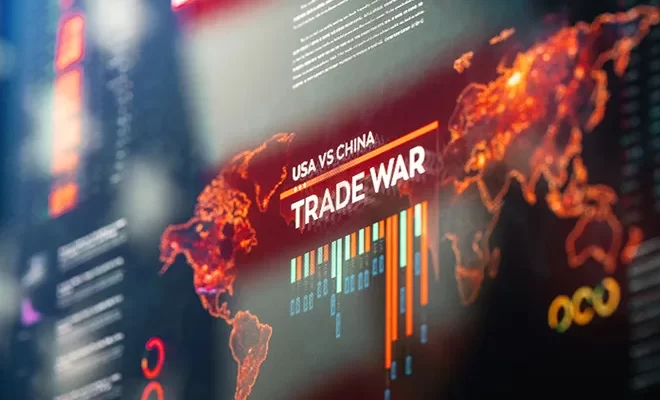1. Assess the Immediate Financial Impact
- Calculate cost increases: Determine how the tariff affects your product’s landed cost (e.g., a 36% tariff on a 1,000productadds1,000productadds360, but final consumer prices may rise by 17–33% after margin adjustments 8).
- Review contracts: Check if existing agreements with buyers allow for price renegotiation or cost-sharing.
- Evaluate cash flow: Plan for short-term liquidity challenges due to higher import/export costs.
2. Explore Tariff Mitigation Strategies
- Supply chain diversification: Shift production or sourcing to countries with lower tariffs (e.g., Vietnam or Cambodia, though some face even higher rates 19).
- Tariff exclusions: Investigate if your product qualifies for exemptions (e.g., safety-related goods like helmets have historically been excluded 8).
- FTAs and trade programs: Leverage agreements like the Generalized System of Preferences (GSP) if applicable, though GSP’s status is uncertain 8.
3. Optimize Operations and Pricing
- Localize production: Consider near-shoring or assembling in the tariff-imposing country (e.g., the U.S. or Mexico) to avoid duties 8.
- Cost-cutting: Streamline logistics, reduce waste, or renegotiate supplier terms to absorb part of the tariff.
- Price adjustments: Gradually pass costs to consumers while communicating value (e.g., emphasize quality or faster delivery times).
4. Engage in Advocacy and Lobbying
- Industry coalitions: Join trade groups to lobby for exemptions or policy changes (e.g., bike industry efforts to exclude certain products 8).
- Government dialogue: Work with local trade offices to push for bilateral negotiations or retaliatory measures.
5. Long-Term Strategic Shifts
- Market diversification: Reduce dependency on the tariff-imposing country by expanding to other regions.
- Product innovation: Develop higher-margin items less sensitive to price hikes (e.g., premium or customized goods).
- Vertical integration: Bring key processes in-house to control costs (e.g., sourcing raw materials directly).
Key Considerations
- Timing: The U.S. reciprocal tariffs take effect on April 9, 2025 1, so act swiftly.
- Legal avenues: Consult trade lawyers to challenge tariffs under WTO rules or national security exemptions 15.
For alternatives, check out UnionSPACE International Business Set Up to be the first minimize the impact of these devastating so called Liberation Tariffs by USA

